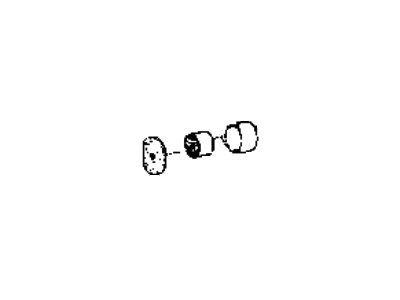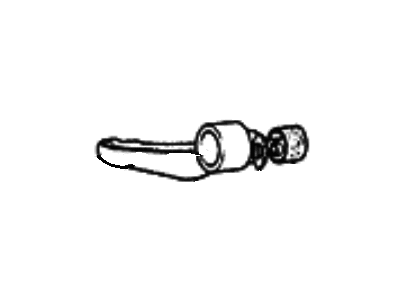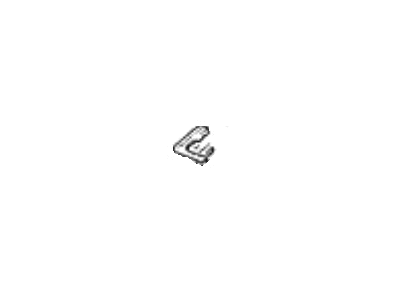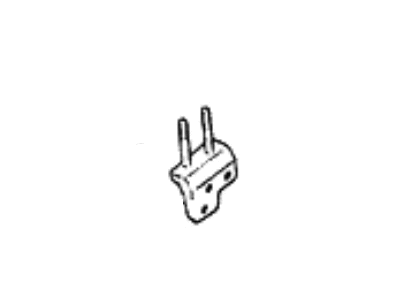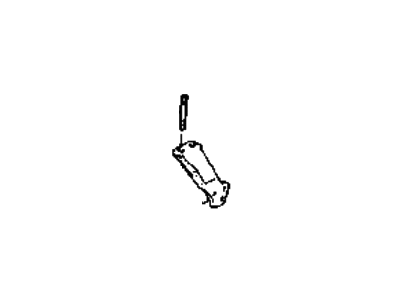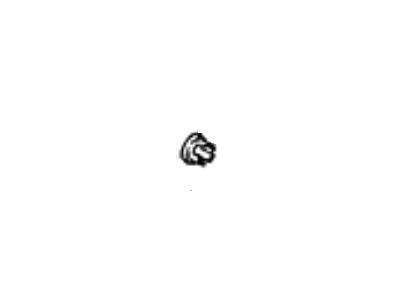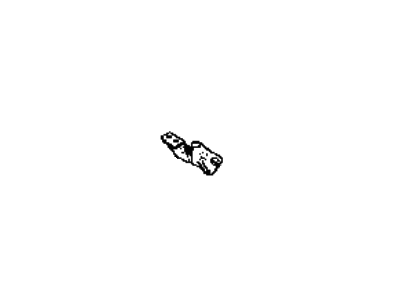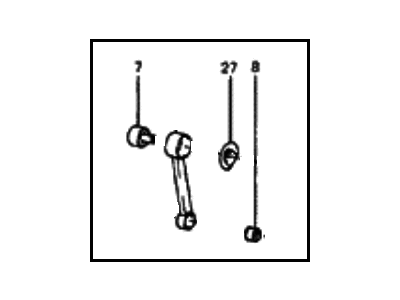×
- Hello
- Login or Register
- Quick Links
- Live Chat
- Track Order
- Parts Availability
- RMA
- Help Center
- Contact Us
- Shop for
- Hyundai Parts
- Hyundai Accessories


My Garage
My Account
Cart
Genuine Hyundai Excel Engine Mount
Engine Motor Mount- Select Vehicle by Model
- Select Vehicle by VIN
Select Vehicle by Model
orMake
Model
Year
Select Vehicle by VIN
For the most accurate results, select vehicle by your VIN (Vehicle Identification Number).
12 Engine Mounts found
Hyundai Excel Engine Mounting Bracket Assembly
Part Number: 21810-24110$181.92 MSRP: $255.60You Save: $73.68 (29%)Ships in 1-3 Business DaysHyundai Excel Engine Mounting Bracket Assembly
Part Number: 21830-21010$91.77 MSRP: $128.94You Save: $37.17 (29%)Ships in 1-3 Business DaysHyundai Excel Engine Mounting Bracket
Part Number: 64515-21000$22.36 MSRP: $28.90You Save: $6.54 (23%)Ships in 1-3 Business DaysHyundai Excel Engine Support Bracket, Front
Part Number: 21670-21010$21.40 MSRP: $27.66You Save: $6.26 (23%)Ships in 1-3 Business DaysHyundai Excel Engine Support Bracket, Front
Part Number: 21610-24000$68.54 MSRP: $96.29You Save: $27.75 (29%)Ships in 1-3 Business DaysHyundai Excel Left Engine Mounting Bracket Assembly
Part Number: 21830-21012$91.77 MSRP: $128.94You Save: $37.17 (29%)Ships in 1-3 Business DaysHyundai Excel Engine Mounting Bracket Assembly
Part Number: 21830-21210$91.77 MSRP: $128.94You Save: $37.17 (29%)Ships in 1-3 Business DaysHyundai Excel Engine Support Bracket, Front
Part Number: 21610-24200$144.04 MSRP: $202.37You Save: $58.33 (29%)Ships in 1-3 Business DaysHyundai Excel Engine Mounting Bracket Assembly,Right
Part Number: 21885-21000$0.80 MSRP: $1.03You Save: $0.23 (23%)Ships in 1-3 Business DaysHyundai Excel Engine Support Bracket
Part Number: 21621-24100$27.50 MSRP: $38.31You Save: $10.81 (29%)Ships in 1-3 Business DaysHyundai Excel Engine Mounting Bracket Assembly
Part Number: 21640-21010$37.67 MSRP: $52.47You Save: $14.80 (29%)Ships in 1-3 Business DaysHyundai Excel Engine Mounting Bracket Assembly
Part Number: 21640-21710$55.90 MSRP: $77.85You Save: $21.95 (29%)Ships in 1-3 Business Days
Hyundai Excel Engine Mount
If you are looking for affordable high-quality OEM Hyundai Excel Engine Mount, then you have come to the prime place. Our website provides a large amount of genuine Hyundai Excel Engine Mount at unbeatable prices. All our parts come backed with the manufacturer's warranty.
Hyundai Excel Engine Mount Parts Questions & Experts Answers
- Q: How to inspect and replace the Engine Mount and Motor and Transmission Mount on 2011 and earlier Hyundai Excel?A:Start by engaging the parking brake then apply the rear wheel chocks, jointly lift the front side of the truck on supporter jack stands. Check rubber on each mount for cracks and hardness and the condition of the interface between the rubber and metal; replace unsuitable mounts. Make sure all mount fasteners are tight via the help of a torque wrench. Closely check for wear by trying to pull apart on the mount or have an assistant turn the engine/transaxle and look for more than a couple millimeters of free play, in which case worn parts should be installed. For the left-hand mount, remove the negative battery terminal, and with the help of the jack or an engine support bar, suspend the engine. Disconnect the left-hand engine mount by taking off its nuts, screws, and washers, observing the position of spacers and examine all the pieces for signs of wear or damage, after which reinstall the mount bracket assembly and tighten all bolts. Regarding the right-hand mount, then engage the parking brake, elevate the front portion of the lorry, and then deflate the right-hand front wheel as well as the splash guard for access. Jack up the transaxle and remove the mount to inspect the rubber for wear; thereafter, reinstall the mount, and secure every part with appropriate force. For the front mount, lift the car and if necessary unbolt the splash guard, unbolt and or unbolt the roll rod or mount holding it in place depending on your make and model of car check for wear on the afore mentioned pieces and replace them if necessary before reinstalling. For the rear mount: jack up the vehicle and then take out the through bolt as well as the retaining bolts; check for wear and then reinsert the bolt. For the stabilizing rod in the manual transaxle models, locate the lowest point for easy application and then safely remove it, inspect it for any signs of wear and after which safely hinge it back in. Lastly, on completion of the tightening of the parts, lower the car back to the ground.
